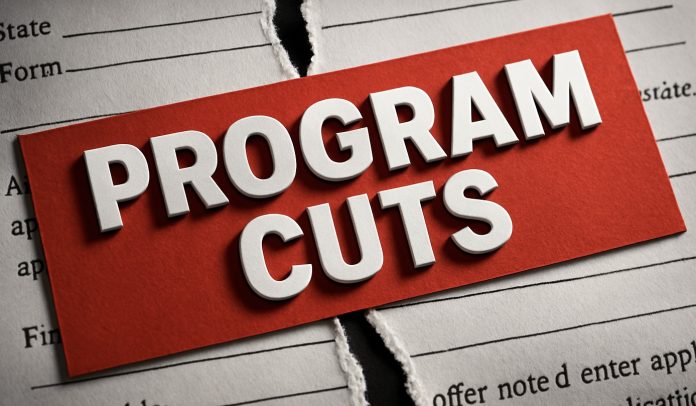Atlanta, GA – Digital media and video production certificate programs—covering editing, content creation, multimedia design, and short-form video—may face significant federal aid challenges beginning in 2026. These programs are commonly offered as fast-track creative training, placing them directly under strengthened federal oversight for short-term certificates.
According to federal guidance, digital media and video production certificates that are unaccredited, non-credit, or under 150 instructional hours cannot receive Title IV federal aid. Programs between 150 and 600 hours must now meet Workforce Pell requirements, which mandate a 70% completion rate, 70% job placement rate, and tuition that does not exceed graduates’ verified value-added earnings measured three years after completing the program.
Starting July 1, 2026, these programs must also meet the federal “low earnings outcomes” test. Under this rule, certificate programs lose access to Direct Loans if graduates earn the same or less than adults with only a high school diploma for two out of three measured years. Because many early-career media jobs begin as freelance, part-time, or contract work with variable earnings, some programs may struggle to meet federal wage benchmarks.
Training providers warn that these changes could restrict access to digital media careers at a time when video production skills are in high demand across industries.





